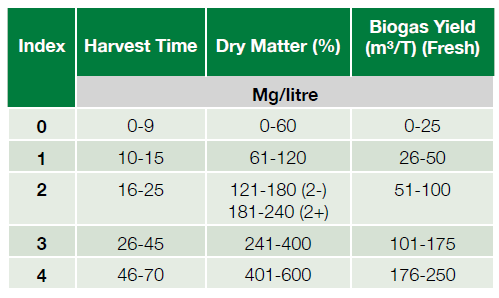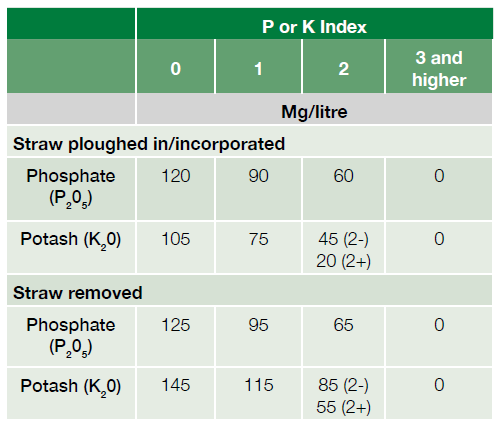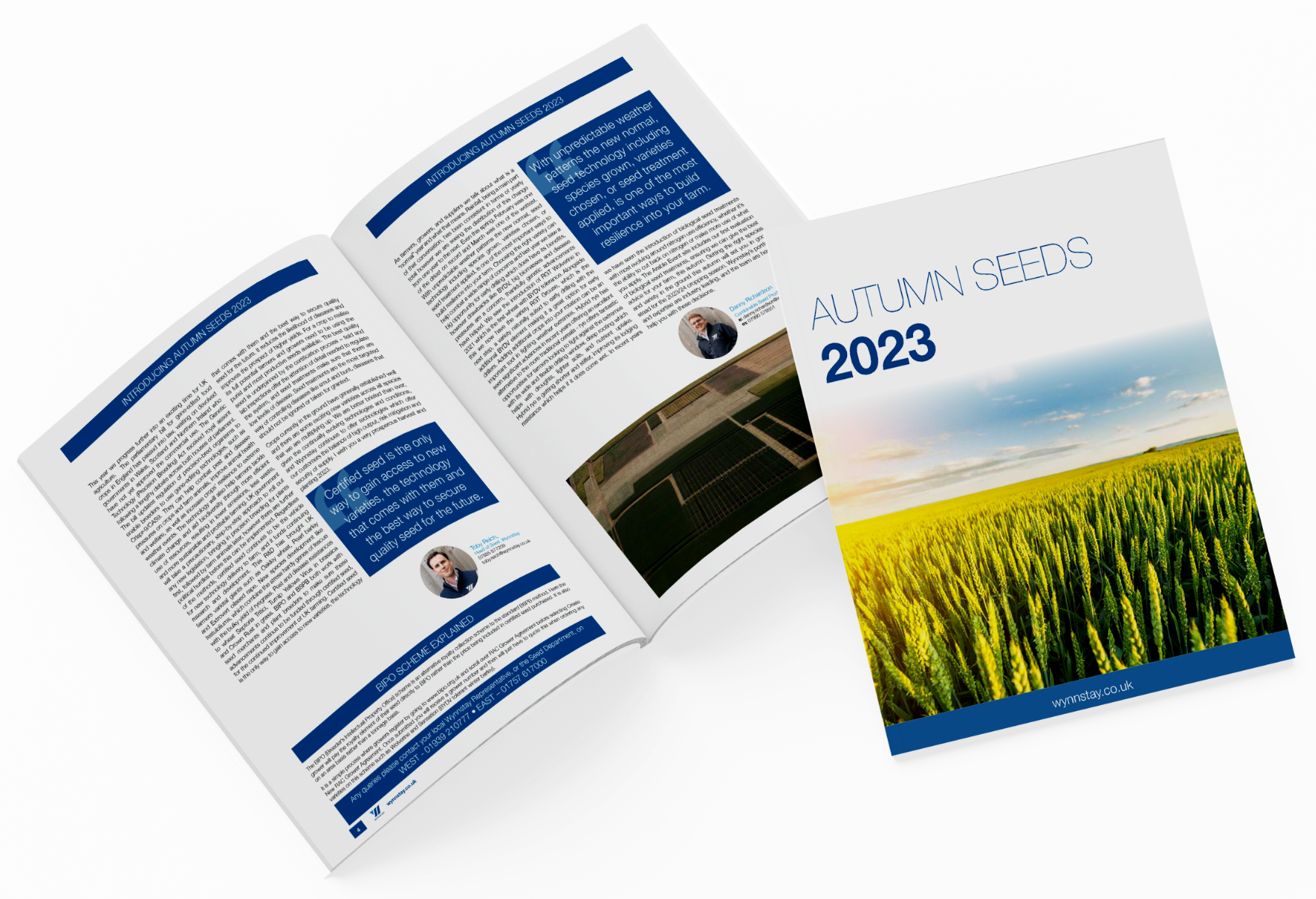The 2021/22 AHDB Recommended List sees several high-yielding varieties introduced in the wheat and barley groups. For maximum potential yield to be achieved, crops need to be provided with the correct balance of essential nutrients throughout the growing season.
The importance of a fertiliser plan
An effective nutrient plan should consider current N, P and K levels. However, with considerable variation in nutrient levels between fields, soil testing is recommended to enable the development of bespoke fertiliser plans.
The results provide a soil index for that field, calculating the P, K and Mg levels on an mg/kg dry soil basis. Although a good starting point for forming a nutrition plan, there is a large variation in the nutrient levels within each soil index, as seen in table 1.
Read more: What are the essential nutrients for crops during the growing season?


Table 1: Classification of soil P, K and Mg analysis results into Indices (RB209, 2017)
Soil test results could indicate a soil index of 2, but within this index, there is a broad range in nutrient availability, so fields could still end up being deficient or even oversupplied. Therefore, it is advised to look at the milligrams per litre in more detail and make necessary adjustments if required. It is important to note that, unlike nitrogen, P and K doesn’t readily leach from the soil, so if over-supplied for the current crop, reserves will be available and can result in improving the overall soil index if required.
"Ploughing straw back in will reduce the amount of P and K removed and is good for soil structure"
Implementing a fertiliser plan
The amount of P and K applied ahead of autumn drilling should consider the offtake required by the crop, along with the amount needed to maintain or build the soil to the ideal index level. Table 2 shows the amount of each nutrient which would be needed for winter wheat and winter barley crops, based on yield potential of 8 T/ha. If a higher yield than expected has been achieved from the previous crop, or if a high-yielding variety is going to be planted this year, the nutrition would need to be altered accordingly. Crops with a potential average yield of 8 T/ha could achieve 10 T/ ha if the weather conditions are favourable, but in achieving this, more P and K will be taken up, so soil reserves will need replenishing.
Consideration should also be made to whether straw is being removed or ploughed back in, as this can impact soil health and structure. Ploughing straw back in will reduce the amount of P and K removed and is good for soil structure. However, the process of breaking down the straw in the soil does use N reserves, which means less N will be available for the subsequent crop.
For high-yielding varieties, requirements would be greater. This can be determined through a calculation that takes into account the expected grain yield figure, which your local Wynnstay Arable Specialist can help with calculating and can then be used to provide advice on the most suitable fertiliser plan to correct any deficiencies.


Table 2: Phosphate and potash requirements for winter wheat and winter barley achieving 8 T/ha (RB209, 2017)












